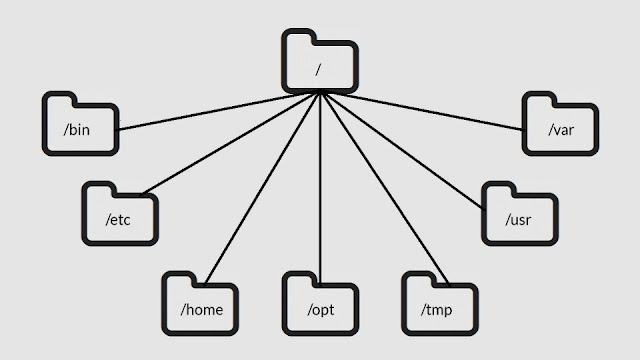What is Cache memory?
CACHE Memory
Cache memory is placed in between the CPU and the main
memory. It is faster than the main memory. Hence access time is much less than
that of the main memory. The access time of a cache memory is 15-25 nanoseconds
(ns) whereas that of the main memory is 80 ns. One nanosecond =109 second. The cache memory stores the
data and instructions which are to be immediately executed. It is used to
reduce average access time for address, instructions or data which are normally
stored on the main memory. Thus it increases the operating speed of the system.
Cache memory is much costlier than the main memory. From economical
considerations, the size of cache memory is usually smaller than that of the
main memory. Sometime cache is used to store only instructions. One such type
of cache is used in 68020 processor. It has 256 bytes instruction cache, which
allows it to pre-fetch instructions from the main memory and store them in the
cache during the period when the system bus would otherwise be idle. The microprocessor
68020 has both 256 bytes instruction cache and 256 bit data cache.
The high speed memory used for the Cache purpose is very
costly, The reason why is not used as the main memory, The information
frequently required by the processor is kept in the cache memory by the Cache
controller. This Cache controller ensures that the data required by the
processor in the next memory access is available in the cache memory. This
improves the speed of the computer very much because if the required data is in
the cache memory it is made available to the CPU without any wait state. When
the required data is available in the cache it is called a hit. In case of a
cache hit the processor immediately reads or writes the data in the data cache
line. The proportion off accesses that result in a cache hit is known as the
hit rate and is a measure of the effectiveness of the cache. When the required
data is not available in the cache memory it is called a miss. In case of cache
miss, most caches allocate new entry, which comprises the tag just missed a
copy of the data from the memory. The reference can then be applied to the new
entry just as in case of a hit. Misses are comparatively slow because they
require data to be transferred from the main memory. This transfer incurs a
delay, since the main memory is slower than cache memory.
The performance of the cache depends upon following
- Speed and size of the cache memory.
- The logic used to read data around the main memory area read by the CPU.
- The logic used to guess next required data by the processor.
Levels of Cache
1) Level 1 (L1) Cache
Level 1 cache is built into the actual processor core. It is
a piece of RAM, typically 8, 16, 20, 32, 64 or 128 KB size which operates at the
same clock frequency as the rest of the CPU.
2) Level 2 (L2) Cache
The level 2 cache is normally much larger and unified ,such
as 256, 512 or 1024 KB. The purpose of an L2 cache is to constantly read in
slightly larger quantities of data from the RAM, so that these are available to
the L1 cache.



Comments
Post a Comment